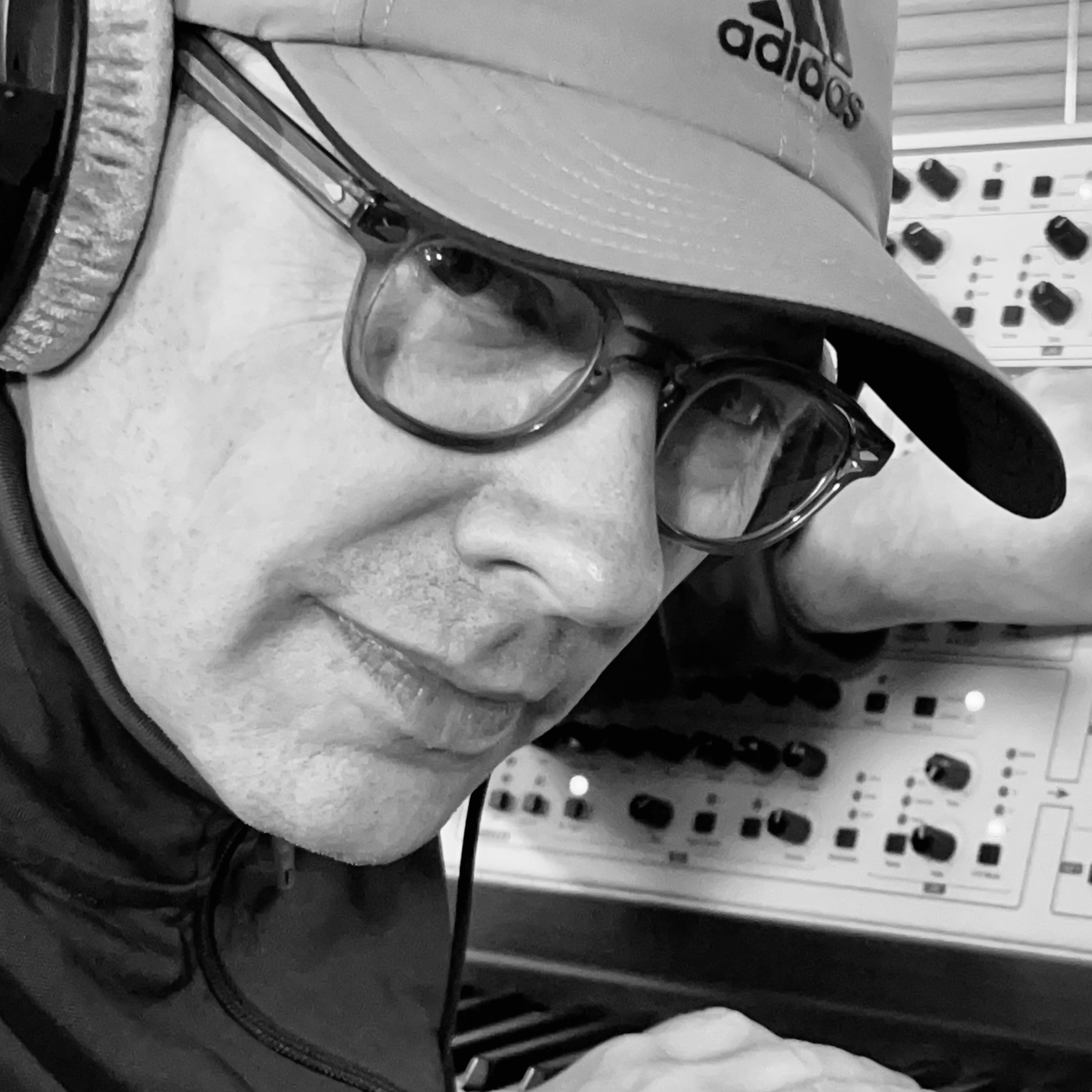“It provided a blueprint for the ecosystem we swear by today”: How music production became accessible to all thanks to a handful of innovators
We sat down to write a track with our laptop, and pondered how we got here? Maybe via our spare bedroom…or even a kitchen?

PRODUCER WEEK 2025: It’s a fairly safe bet that one of the reasons you’re reading this is because you are involved in recording. For the majority of us, that probably means recording at home. It doesn’t matter whether you’re a professional carving a career from music, or a weekend hobbyist.
Today, the same tech is available to all of us. Even on the most meagre of budgets. But how did we get to this amazing point of musical democratisation?
It's taken a few decades to arrive where we are today, with one of the major turning points in recording history being the arrival of multi-track technology. It can be pinned down to the moment when Ampex developed the concept of an 8-track tape system.
We are all familiar with the ability to record one instrument on top of another - and keep going until we run out of tracks. It all started there.
It's very much the philosophy we use today, but back in the mid-50s, being able to achieve this involved lots (and lots!) of magnetic tape, a reel-to-reel tape machine and a mere 8 tracks at a time.
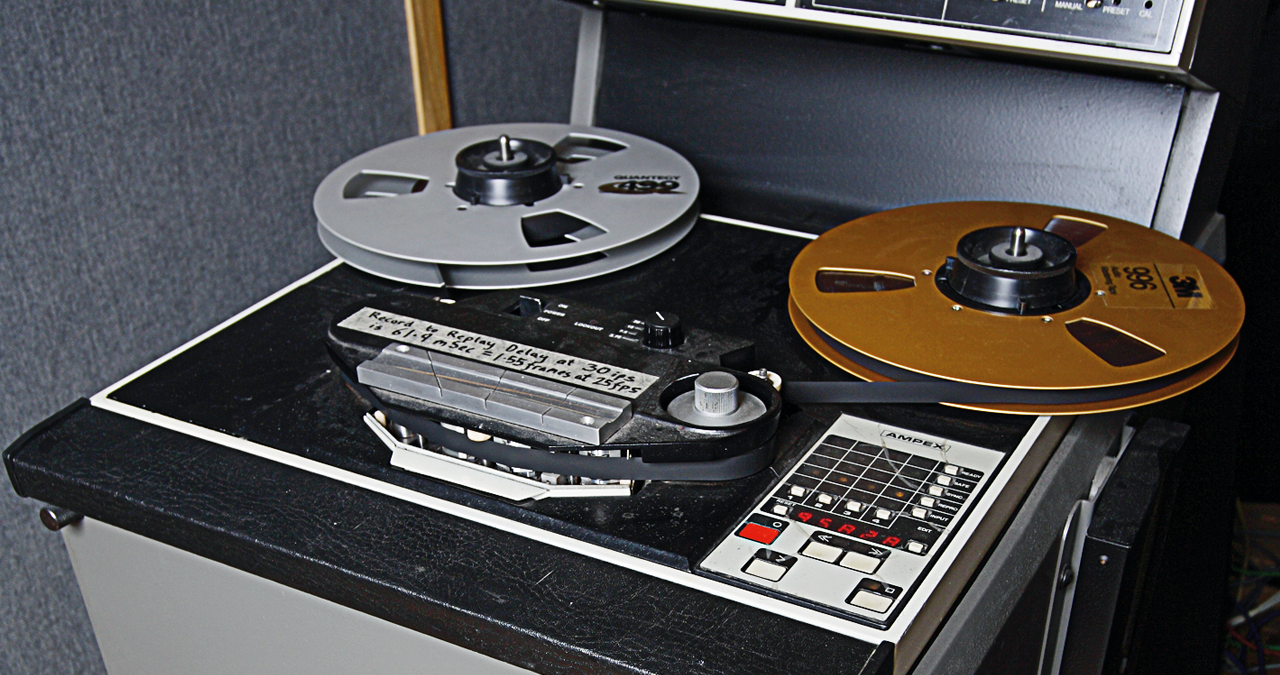
Due to their size and cost, these machines were the sole preserve of recording studios. But as with all technology, it only took a few more years for the technology to become distilled into something which could be regarded as domestic level.
Tascam led the charge, developing cheaper alternatives during the 1970s, with the ultimate release of the TEAC 144 in 1979.
This offered the ability to record four distinct mono tracks, one after another, directly to the ever-popular audio cassette. It also gave rise to the trademarked (and soon to be a staple of any amateur music-maker’s lexicon) ‘Portastudio’ branding.
Want all the hottest music and gear news, reviews, deals, features and more, direct to your inbox? Sign up here.
Despite other companies producing machines with a similar capability. The term became synonymous, much like Auto-Tune or Hoover!
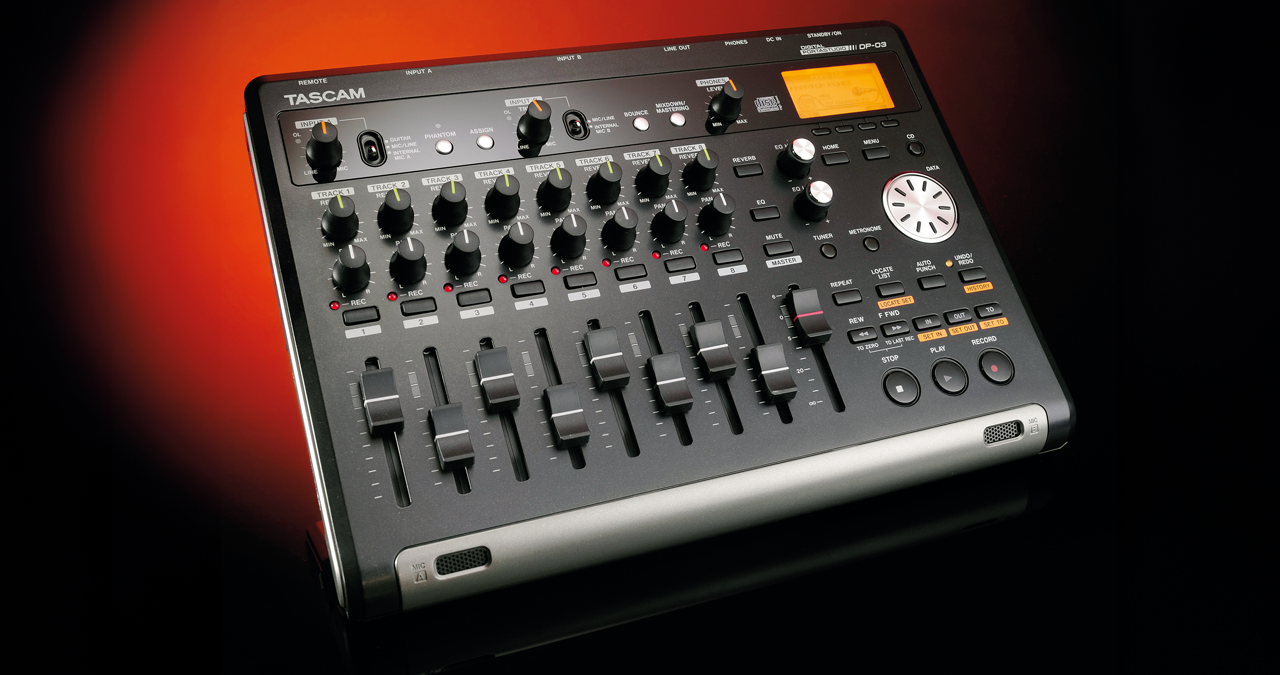
Given the developmental nature of electronic music during the 70s, it won't come as a surprise to learn that there was plenty of ground being broken by a vast swathe of artists an innovators
One notable trailblazer was Jean-Michel Jarre, who made use of his kitchen in his Paris flat to accommodate much of the equipment used to make his early synth-dominated albums.
It's also worth noting that Jarre did not conform to the usual multi-tracking norms, making adroit use of the limited equipment that he had available to him at the time.
Apart from a small number of classic synthesisers and home organs, accompanied by some early sequencing technology (developed by friends and colleagues), he used four Revox tape machines, as a form of manual multi-track, playing back one machine, before playing another track live on top, while recording to another machine
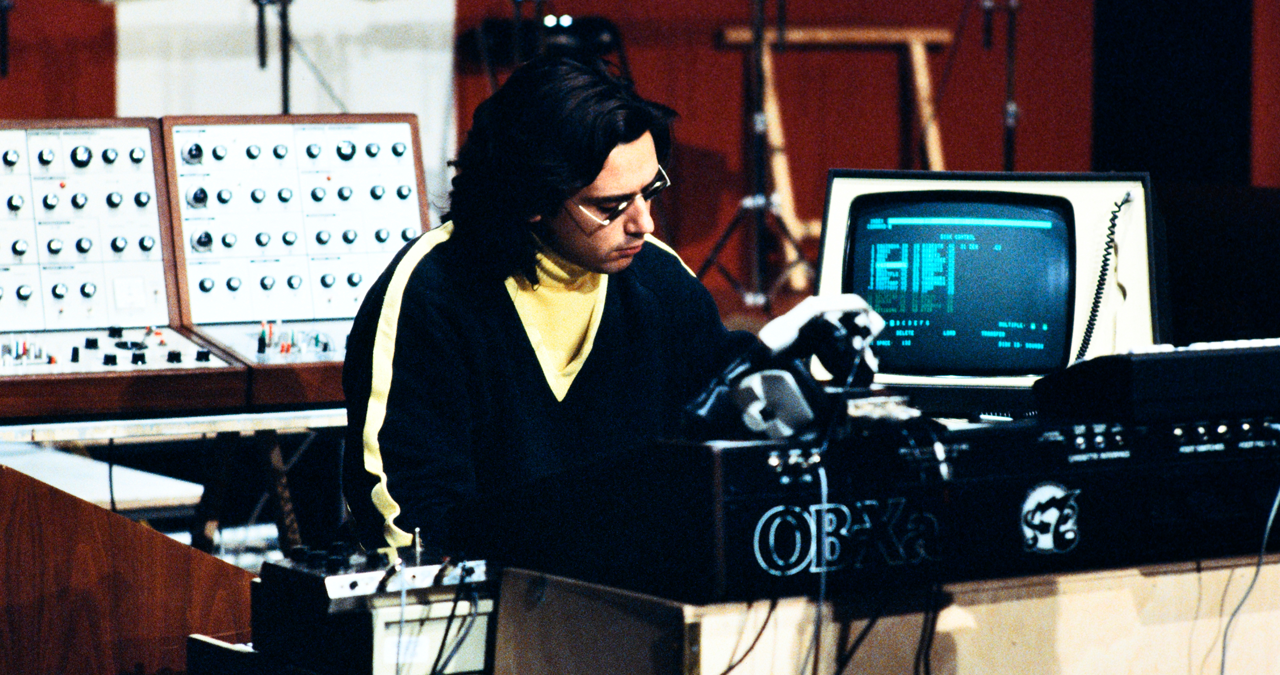
Complex and time-consuming it was - but the imaginative results speak for themselves.
Meanwhile, in London, the BBC’s Radiophonic Workshop was getting exceptionally experimental with tape, often manipulated by the use of razorblades - or stretching it around the studio.
This group of in-house engineers were tasked with designing soundscapes and eerie early electronic music for the BBC’s homespun sci-fi (including Doctor Who and The Hitchhiker’s Guide to the Galaxy) and were heavily influenced by the school of music described as Musique Concréte.
While not a home environment, the inventiveness of the early Radiophonic composers required no small part of ingenuity - and a rather unorthodox approach to creating music using technology.
The seeds of electronic music’s experimentalism - and the notion of the producer-as-creator- were being sown.
We’re jumping around in time a little here, but these disparate islands of innovation were all heading to the same unified end point in which we’re now living.
Thanks to the invention of the Tascam Portastudio, many guitarists and singer/songwriters found themselves in the enviable situation of being able to create demos at home, by plugging in a microphone and recording directly to cassette.
There was nothing to stop electronically minded musicians doing the same - but as synthesiser technology began to become more affordable, the very same electronic musicians wanted more…much more!
It would take the arrival of the sequencer to really allow synthesists to join together a series of notes in a row.
Early sequencers only allowed a small number of notes to be assembled, but with the switch to digital technology, more notes could be curated - provided you had the time and the inclination to input the data.
Roland produced some fine examples of this technology, such as the MC-8 and MC-4, during the late 70s and early 80s, but these devices were noted for their complexity in operation.
It had less do with playing notes, and far more to do with entering numbers.
They also commanded substantial price tags; a MC-8 would set you back a hefty $4795 in 1977.
This early sequencing technology was reliant upon CV/Gate, which is still a reliable (but fairly primitive) means of triggering notes and changing pitches using voltages.
Several manufacturers, spearheaded by Sequential and Roland, decided that a better system was necessary, allowing the interfacing of different brands and machines, so that synths, sequencers and drum machines could all play nicely together.
Committees and research groups were formed. Meetings were held. Coffee was drank.
After a considerable hiatus, the various bodies settled on the MIDI format. This would become a dominant force in home studio technology.
The Musical Instrument Digital Interface (MIDI to its friends), adopted the form of a 5-pin DIN plug, which began to appear on a number of different machines.
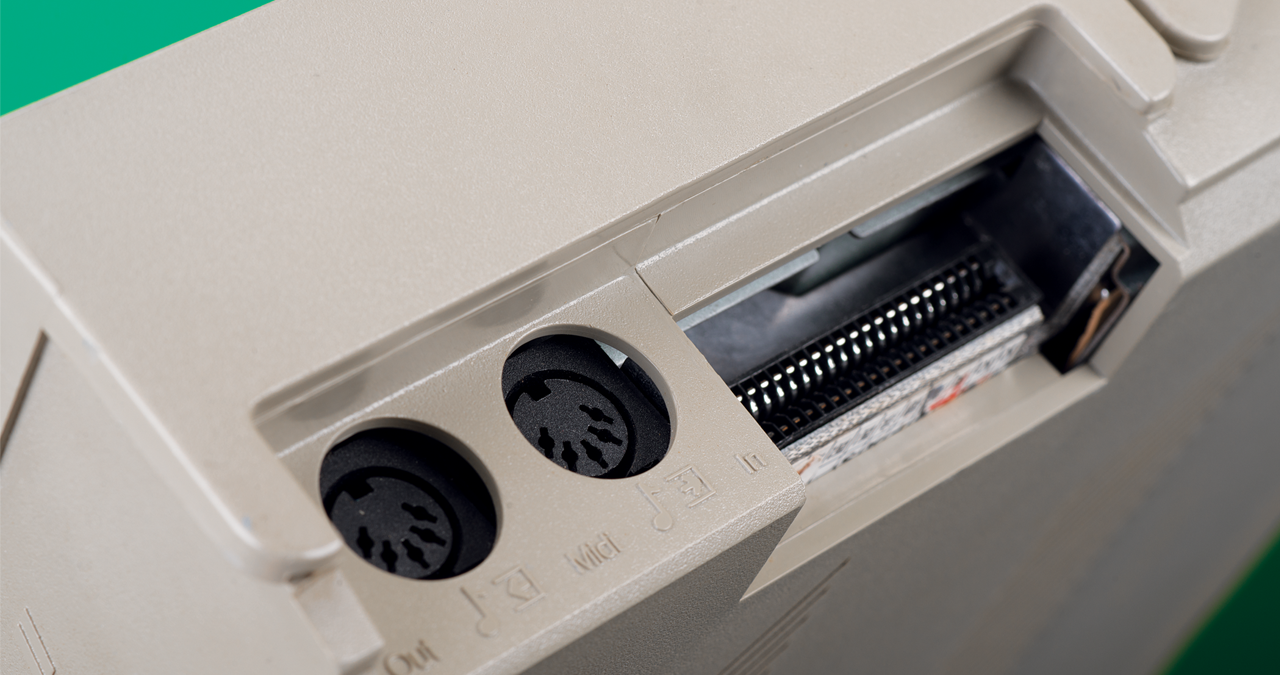
At NAMM in 1983, Dave Smith of Sequential fame, connected a Sequential Prophet 600 synthesiser to a Roland Jupiter 6, and played notes on one, while triggering the other. Mouths were agape.
And so, the protocol known as MIDI received its first successful public demonstration.
It didn't take long for companies to realise the potential of MIDI, with new sequencers that could take advantage of the technology in a multi-channel capacity. But it was the release of the Atari ST computer in 1985 that arguably changed everything.
The Atari ST provided a blueprint for the ecosystem we swear by today.
The Atari ST was a humble home computer, more attuned to playing Space Invaders or word processing duties. Yet it was fatefully equipped with two sockets, which displayed the freshly minted acronym MIDI.
It didn't take very long for computer programmers to realise the potential of this relatively inexpensive machine.
They repurposed its more domestic intent to the task of making sweet, sweet music.
Computer music, you might say.
Steinberg was the first notable company to break cover; Pro-24 allowed the sequencing of up to 24 tracks, with the added bonus of on-screen editing.
Even with the Atari’s small computer display, it was still substantially larger than the tiny screens found on dedicated hardware sequencers. It soon became the must-have technology for bedroom and professional producers alike. The ultimate home music-maker’s hub.
The only snag with a MIDI set up of this kind, was that you needed synthesiser hardware to be triggered live by the Atari. This is where things became expensive.
Home recordists started filling out their makeshift studios from floor to ceiling with keyboard and rack-based synthesisers. Often met with a disapproving look from their other halves (or parents!).

But there were two other essential parts to this jigsaw which changed the musical landscape at the same time.
Sampling was starting to come of age, thanks to companies such as Akai.
While professionals had been using instruments such as the incredibly fashionable and expensive Fairlight CMI (a behemoth of a sampling workstation), bedroom producers were using Akai samplers to record and reproduce beats, alongside other sampled instrumentation.
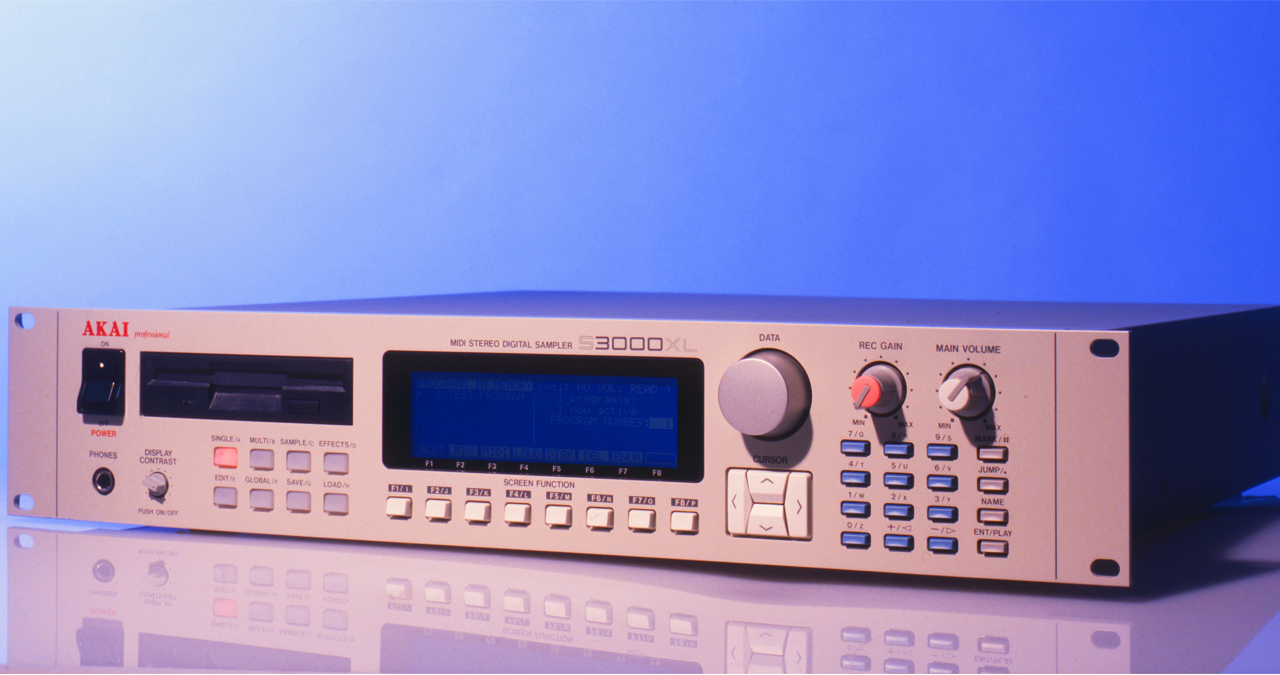
As digital technology began to supplant the analog gear of old, that initial wave of synthesisers and drum machines were cast off.
But back then, music stores could barely give away this old technology, while the secondhand ads were littered with old drum machines that nobody wanted anymore.
Why would you want an analog drum machine, when the realistic sample-based digital machines were supposedly so much better?
Well, tell that to the bedroom producers who wanted to snaffle a bargain!
A number of machines became the must-have-cheap-accessories, and most of them were made by Roland. The TB-303 bassline synth, along with the TR-808 and 909, were adopted by the next generation, to form the sound of acid house, house, rap and R&B.
What's even more astonishing, is that the influence of these machines on production remains firmly in place today. The price of these classics surged - and a quick scan of the secondhand market reveals there's no sign of that abating.
It's a far cry from the time when we once saw TB-303s in the bargain bin, for less than fifty dollars! (Yep, that really happened!) If only we'd had our crystal ball to hand.
But despite the cherished status of these hardware classics, the dominos had already fallen. The switch to digital technology would have an exceptionally profound effect on bedroom music making.
As Atari dealt with financial struggles, musicians found themselves moving away from the platform, in favour of Windows based PCs, and - eventually - the creativity-angled Apple Mac.
The larger computer chassis also provided the means of employing PCI cards, equipped with audio inputs and outputs. What had been the preserve of the professional market, was now at the behest of the person on the street, at a fraction of the price.
With more advanced computers came the ability to mix and process audio within the computer itself, rather than the previously accepted standard of using a mixing desk with an effects unit.
Waves was the first company to explore this concept, through the release of their Q10 Equaliser in 1992, but it was Steinberg that standardised the tech, through the adoption of their first VST (Virtual Studio Technology) plugin, in 1996.
The floodgates were burst open, with Waves, Soundtoys, Native Instruments and more, all providing the means to adapt your audio within the computer, with the further concept of generating and playing synthetic or sampled sounds from within the computer too.
By the early 2000s, the DAW could easily handle samples and synth sounds internally, swiftly doing away with the need to buy additional expensive hardware. Although the arguments for whether hardware sounds better than plugins continues to rage.
Computers have now become smaller, interfacing simpler and speed faster…
So, where to next?
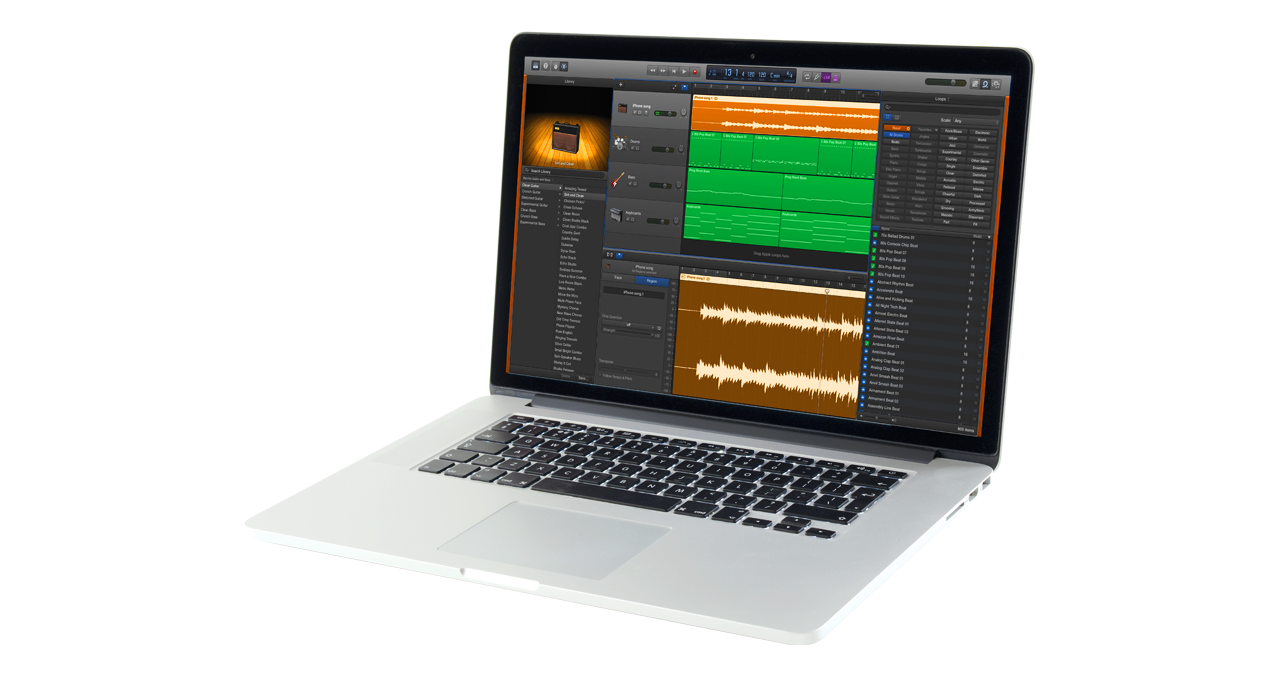
In a bizarre twist which could be likened to a completing of the circle, current trends are for the ‘clean’ signals (which we have lusted after for so many years) to become degraded and dirtier.
Companies such as Universal Audio can provide all the tools you need to revisit that flawed, compromised but cherished vintage sound, from mic-pre’s to tape machine simulators - and all within the DAW environment.
It’s like the mid-50s all over again!
Now you don't have to be so much of a bedroom producer, as a producer sat on a sofa with a laptop, or on the bus with your phone - if you prefer.
Home recording has no bounds, other than the imagination of the user pressing the buttons. For the price of a humble laptop, accompanied by any of the popular DAWs, you can turn out a track in an afternoon, and have it online before the end of the day!
Now that’s ‘real’ home recording, and there’s not a Fairlight in sight.
Roland Schmidt is a professional programmer, sound designer and producer, who has worked in collaboration with a number of successful production teams over the last 25 years. He can also be found delivering regular and key-note lectures on the use of hardware/software synthesisers and production, at various higher educational institutions throughout the UK
You must confirm your public display name before commenting
Please logout and then login again, you will then be prompted to enter your display name.
